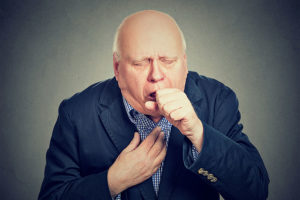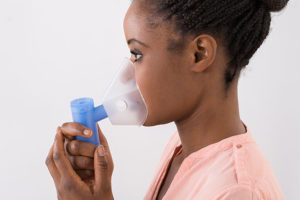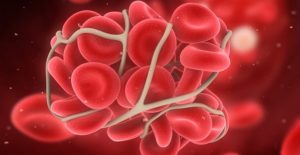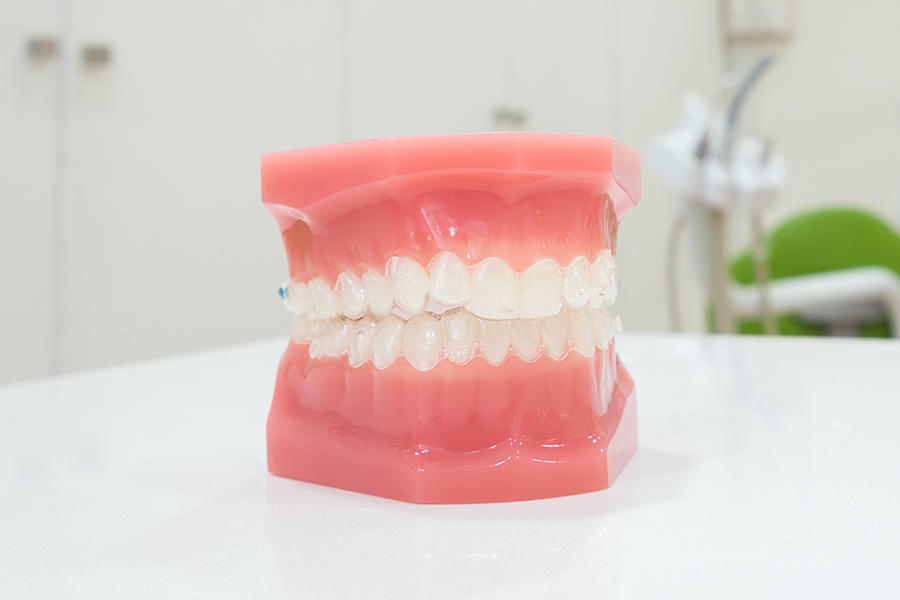What is COPD?
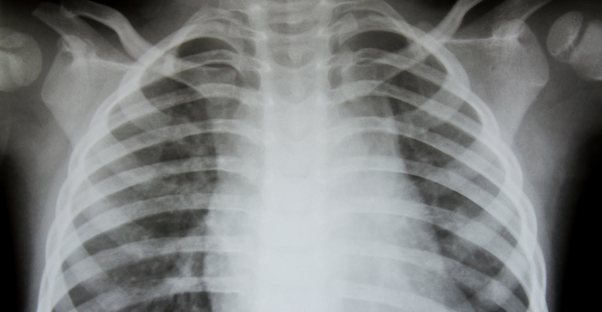
COPD (Chronic Obstructive Pulmonary Disease) is a set of diseases characterized by a cough that makes it difficult to breath. The colloquial term for COPD is smoker's cough, as smoking is a main cause of COPD. Most of the patients previously smoked or had exposure to tobacco smoke.
The good news is, there are a lot of successful COPD treatments today.
Common COPD Symptoms
A cough associated with COPD occurs most in the morning after awakening. The seasonal course of a cough is in the fall and winter more than in spring and summer. Another symptom of this disease is expectoration of sputum. Analysis of the sputum, such as if the sputum is brown, can give clues to the prognosis of the disease. Also, blood may occur in the sputum of a COPD patient.
Exertional dyspnea might appear while exercising. The magnitude might increase with the course of the disease and it can sometimes lead to total prevention of movement. Bronchial asthma may appear during the early stages of Chronic Obstructive Pulmonary Disease. Chronic Obstructive Pulmonary Disease can be diagnosed by pulmonary function tests like spirometry, chest x-rays, and CT scans.
Common COPD Medications and Treatments
The goal of Chronic Obstructive Pulmonary Disease treatment is to reduce the progression of the disease and improve the quality of life of patients. Turning off the harmful influences is the prerequisite for any meaningful treatment. Smoking by the patient should cease, as it is the main way to improve prognosis.
Bronchodilator drugs are a common COPD medication. Bronchodilator treatments expand the airways and reduce the airways' resistance. Bronchodilators cause a reduction in breathlessness and improve resilience. There are three groups of Bronchodilators used to treat Chronic Obstructive Pulmonary Disease:
- beta-adrenergic bronchodilators,
- anticholinergic bronchodilators,
- and xanthine derivatives.
The drugs differ in terms of the mechanism and in terms of the effective or adverse effects that may occur. Inhaled bronchodilators and inhaled steroids are a highly predominant form of treatment. There are also combination inhalers that deliver both a bronchodilator and steroid, such as Advair or Symbicort. Electrically operated nebulizer inhalers are also available.
Spirometry and a 6-minute walking test are commonly used for monitoring the lung function and judging the efficacy of treatments. If a patient isn't getting sufficient oxygen even with treatment, they may need supplemental oxygen therapies. Supplemental oxygen is available via an oxygen concentrator, compressed oxygen gas, and liquid oxygen.

